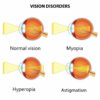
Myopia, Hyperopia and Astigmatism Explained
The names of eye conditions can sometimes be confusing, not to mention completely baffling when it comes to understanding what each condition means. Your eye doctor may have diagnosed you with one, but what does it mean? When it comes to nearsightedness, farsightedness, and astigmatism, most people aren’t quite sure of the differences. If you’re confused about what each one does to your eyes, you are not alone. Myopia, hyperopia, astigmatism – what’s the difference?
To make the explanations simpler, here is a video that you can watch. It not only explains the differences but also gives a short demonstration of each condition. The video is very informative. Seeing the demonstration of each eye problem next to an image of perfect vision is an eye-opening experience! You may now understand what your eye actually looks like and what your condition means. Keep reading to learn even more about these conditions so you can understand what’s going on with your eyes.
Emmetropia
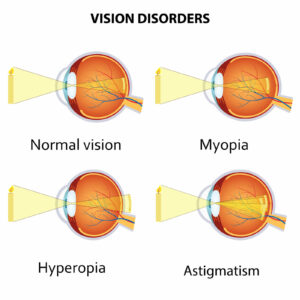
What’s the condition name for having perfect health? We don’t usually label good health because there’s no condition to treat or name. Emmetropia is a word you may have never even heard before. It is the name for perfect vision. A person who has it can see clearly up close and at a distance. In the video, a person with emmetropia is displayed next to myopia, hyperopia, and astigmatism.
Myopia
The doctors call it myopia, but there is a good chance that you call it nearsightedness. Myopia usually occurs when the eye is slightly elongated. This causes the light that enters the eye to fall on the wrong part of the eye. The light should focus on the retina. But instead, it comes to a focus in front of the retina, causing the image to blur.
People who suffer from myopia can develop it from genetics and eyestrain. It often reveals itself in childhood, but it can develop at any time. For many sufferers, their eyesight maintains a relatively stable amount of distortion. Others will see a continuing decline in their condition.
Myopia usually causes blurred vision. Someone who is nearsighted can see things up close but have trouble with objects that are at a distance. For instance, a person with myopia might have trouble reading the scoreboard at a football game, especially when they are sitting on the opposite side of the end zone.
To correct myopia, most doctors recommend vision correction through prescription glasses, contacts, or vision correction surgery. But, here at Rebuild Your Vision, we say that’s hogwash! There are natural vision improvement methods that include a better diet and eye vitamins.
Hyperopia
Hyperopia, also known as farsightedness, usually occurs when the eye is shorter or smaller than normal. It causes the light which enters the eye to focus behind the retina instead of on the retina. This leads to the image appearing blurred. People who suffer from hyperopia have a hard time seeing objects up close. This means reading, computer usage, and texting are more difficult tasks. People with hyperopia can usually see objects at a distance clearly.
The symptoms of hyperopia include blurry vision, discomfort, eyestrain, and rubbing the eyes. To correct hyperopia, again, most doctors prescribe contact lenses or glasses. Sometimes these vision correction aids only have to be worn if the sufferer is doing close work like reading. They also suggest vision correction surgery. But, just like myopia, there are natural methods to prevent and treat farsightedness. They include changing your diet and incorporating eye exercises into your daily routine.
Astigmatism
Astigmatism is the term used by both doctors and the public. It refers to an eye condition that is the result of the cornea or lens having an irregular shape. This irregular shape causes the light that enters the eye to focus on two separate points. A person with perfect vision has a single focus point that lands directly on the retina. Having two separate focal points results in blurry vision.
The symptoms of astigmatism are similar to other eye conditions. It causes headaches, eyestrain, and mild blurring if there is a small amount of astigmatism. If there is a large amount of astigmatism, then the vision is significantly distorted. There is no definitive evidence as to what causes astigmatism. But there does seem to be a component of heredity to it. It often occurs along with either hyperopia or myopia. Astigmatism can get better over time or it can get worse; there are many variables to the condition.
Astigmatism is usually addressed by prescribing glasses to correct the vision. Glasses are not only intended to correct vision but relieve eye strain, visual fatigue, and headaches. Just like myopia and hyperopia, you can take steps to prevent or diminish the effects of astigmatism. Natural vision therapy is also useful in the treatment. Eye exercises and diet are the keys to this type of therapy.
Natural Vision Therapy
Myopia, hyperopia, and astigmatism can all be treated through natural vision therapy or training. As mentioned above, it generally consists of eating a healthy diet and doing regular eye exercises.
To improve your vision naturally, assess your diet. Are you eating too many processed foods with little nutritional value? Do you drink a lot of alcohol and smoke cigarettes? Clean up your diet and lifestyle to improve your vision. Eat more fruit and vegetables and drink more water. Avoid drinking excessive amounts of alcohol. Cut out smoking; it severely affects the eyes.
Then, start practicing daily eye exercises. Focus on objects up close, then a bit farther away. Keep focusing on objects farther and farther away. Look at houses or trees in the distance and trace their outlines. Using your eye muscles for focusing near and far builds strength.
Get regular eye exams with your eye doctor. They can see if your vision is recessing from a biological standpoint. They can also see signs and symptoms of health conditions in your eyes. The key to maintaining good vision is preventing disease. Eat a healthy diet or take an eye health multivitamin. Practice eye exercises. Be conscious of your vision and if it decreases or increases. If it decreases, see your doctor.
Our Rebuild Your Vision Ocu-Plus Formula Contains All 17 Vitamins, Minerals, and Herbal Supplements to Improve Your Eye Health!




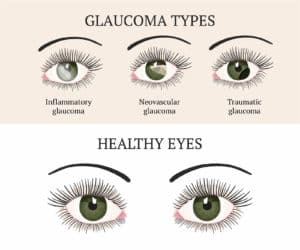
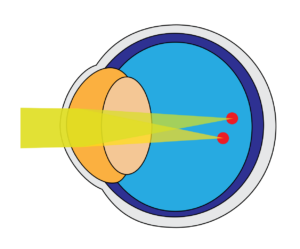
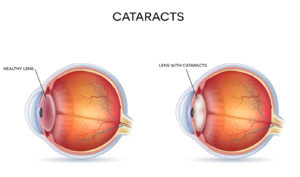

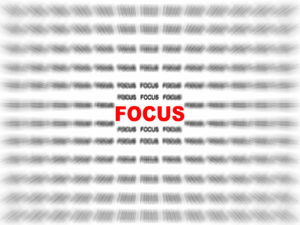
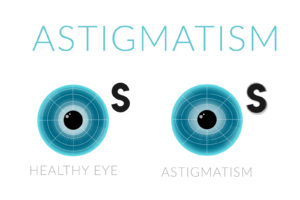


I am doing the eye exercise for about 6 mos. My left eye improved so much I can read a small print without reading glasses but my right eye is still very bad. Why is the eye exercise working only for one eye when I exercise with both of them?
I done.the eye exercise .I was impress thank you very much